Innovative three-dimensional electron microscopy to boost the catalytic activity of core-shell nanostructures
January 2017 – December 2020
Electron tomography has evolved into a state-of-the-art technique to investigate the 3 dimensional structure of nanomaterials, also at the atomic scale. However, new developments in the field of nanotechnology drive the need for even more advanced quantitative characterization techniques in 3 dimensions that can be applied to complex (hetero-)nanostructures. Here, we will focus on hetero-metallic particles with electrocatalytic applications and hard-soft core-shell structures that are of interest in the field of photocatalysis. Although catalytic hetero-nanoparticles yield improved properties in comparison to their parent compounds, the underlying reasons for this optimized behaviour are still debated. Therefore, innovative 3 dimensional electron microscopy techniques are required to understand the connection between the structure, composition and catalytic properties.
The combination of advanced aberration corrected electron microscopy and novel 3 dimensional reconstruction algorithms is envisaged as a groundbreaking new approach to quantify the structure AND the composition for any given nanomaterial. By combining these innovative experiments with activity and stability tests under relevant conditions we will be able to solve fundamental questions, which are of importance for both electro- and photocatalysis. Through these insights, we aim to boost the activity of catalytic nanostructures and we envisage that the outcome of our project will have major impact. For example, a fundamental understanding of the plasmonic behaviour will greatly improve the photocatalytic performance in sunlight and therefore lies at the base of better air purification technology. Our project will also enable a founded selection of catalysts in order to proceed towards an industrially applicable reaction such as the reduction of CO2 or the Oxidation Reduction Reaction.
The combination of advanced aberration corrected electron microscopy and novel 3 dimensional reconstruction algorithms is envisaged as a groundbreaking new approach to quantify the structure AND the composition for any given nanomaterial. By combining these innovative experiments with activity and stability tests under relevant conditions we will be able to solve fundamental questions, which are of importance for both electro- and photocatalysis. Through these insights, we aim to boost the activity of catalytic nanostructures and we envisage that the outcome of our project will have major impact. For example, a fundamental understanding of the plasmonic behaviour will greatly improve the photocatalytic performance in sunlight and therefore lies at the base of better air purification technology. Our project will also enable a founded selection of catalysts in order to proceed towards an industrially applicable reaction such as the reduction of CO2 or the Oxidation Reduction Reaction.

